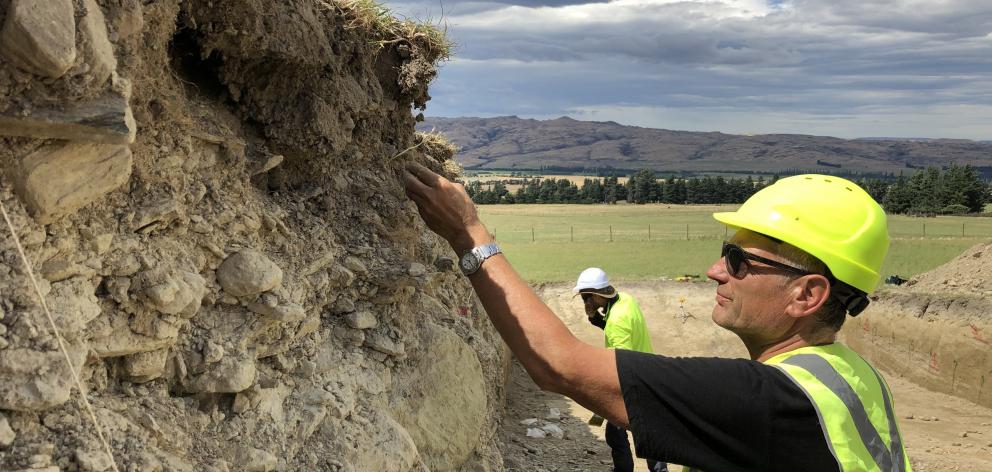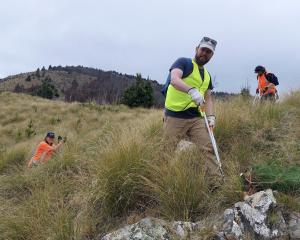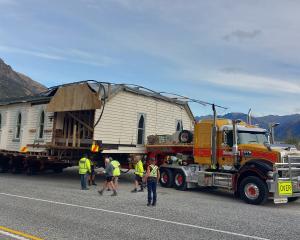
The $375,000 grant over three years will connect the tectonic expertise of Mark Stirling, of the university’s department of geology, and the social science viewpoint of Caroline Orchiston, of its Centre for Sustainability.
Their research will address seismic hazard and preparedness in Southland, classified as a region of low seismic activity, and be a case study for similar areas of low seismic activity such as Auckland and Waikato, Prof Stirling said.
While areas such as Wellington and the Alpine Fault had traditionally been the focus for funding of seismic work, the opportunity to work in Southland was crucial for building a picture of seismic hazard, risk and preparedness for the entire country, he said.
“As an example, the northern front of the Hokonui Hills potentially defines a long fault system stretching from Mossburn to Nugget Point on the coast which, if released, could result in a significant seismic event.”
Recent studies of Otago’s Akatore and Hyde Faults had shown that markedly irregular earthquake occurrence was another characteristic of regions with low seismic activity.
Dr Orchiston said her part of the research would investigate the perception of local government stakeholders and other users of the Building Act (including the earthquake-prone building legislation) to understand how they were implementing the Act in their core business.
“For example, earthquake-prone buildings are meant to be identified and added to a register, but councils in lower seismic hazard zones have been slow to complete their work, which isn’t surprising, given that timeframes for retrofitting earthquake-prone buildings are more than three decades into the future,” Dr Orchiston said.
Taking an interdisciplinary approach to problems such earthquake risk was needed to understand the ways communities could be better prepared to face such challenges.
“The combination of research skills on this EQC-funded project will enable us to look at this problem from a number of important angles,’’ she said.
“Then we can make some recommendations that will hopefully be transferable to other lower seismic hazard zones in New Zealand and beyond.”











